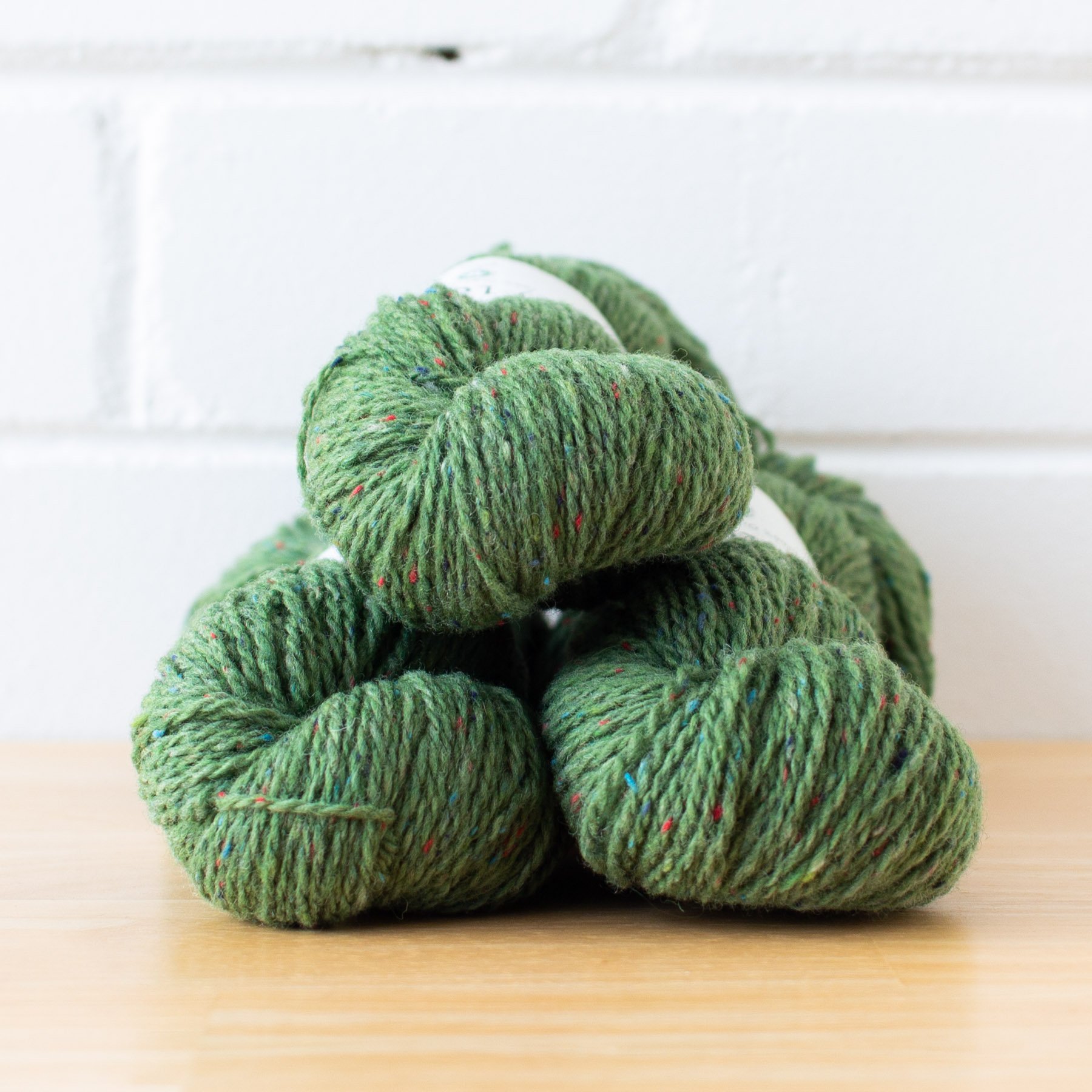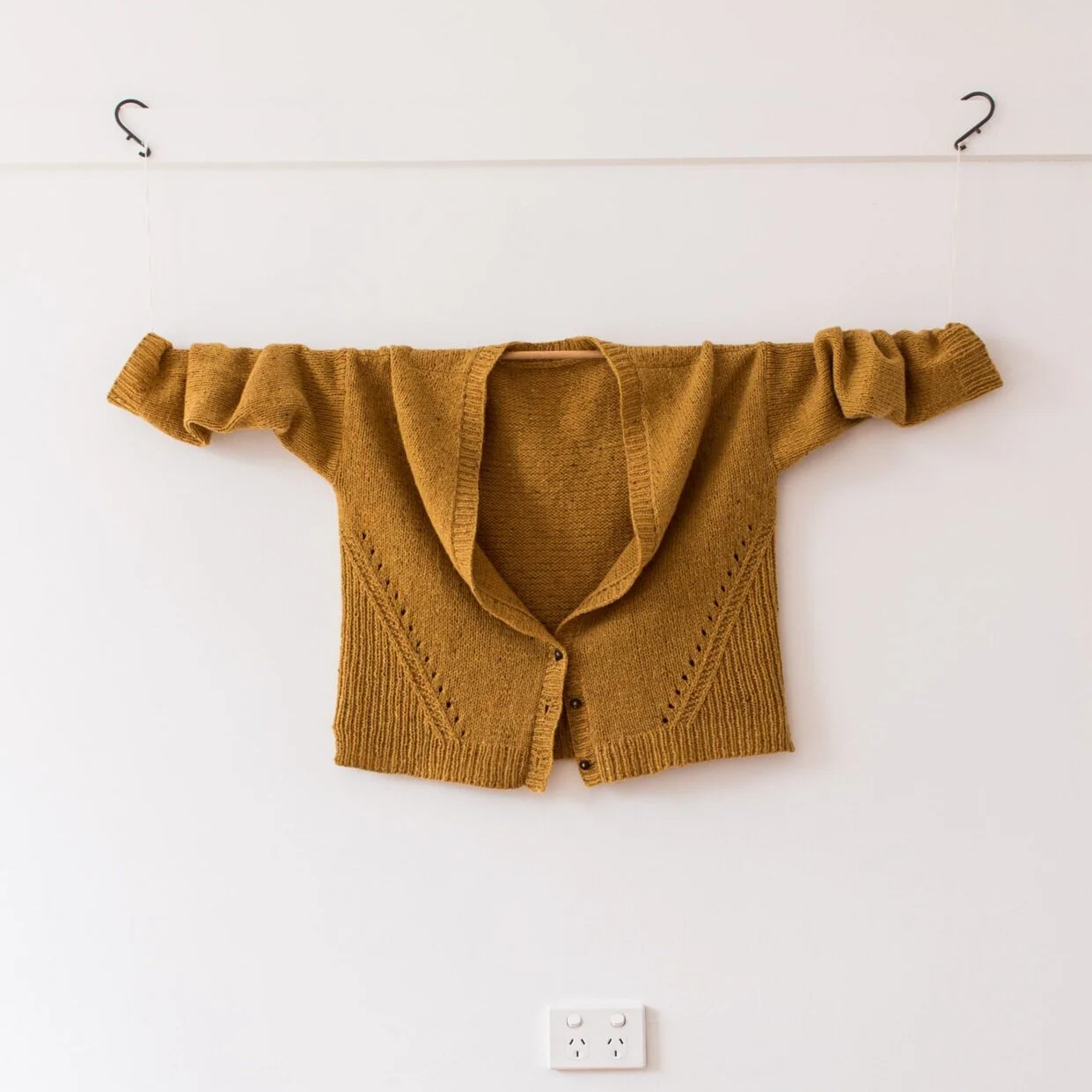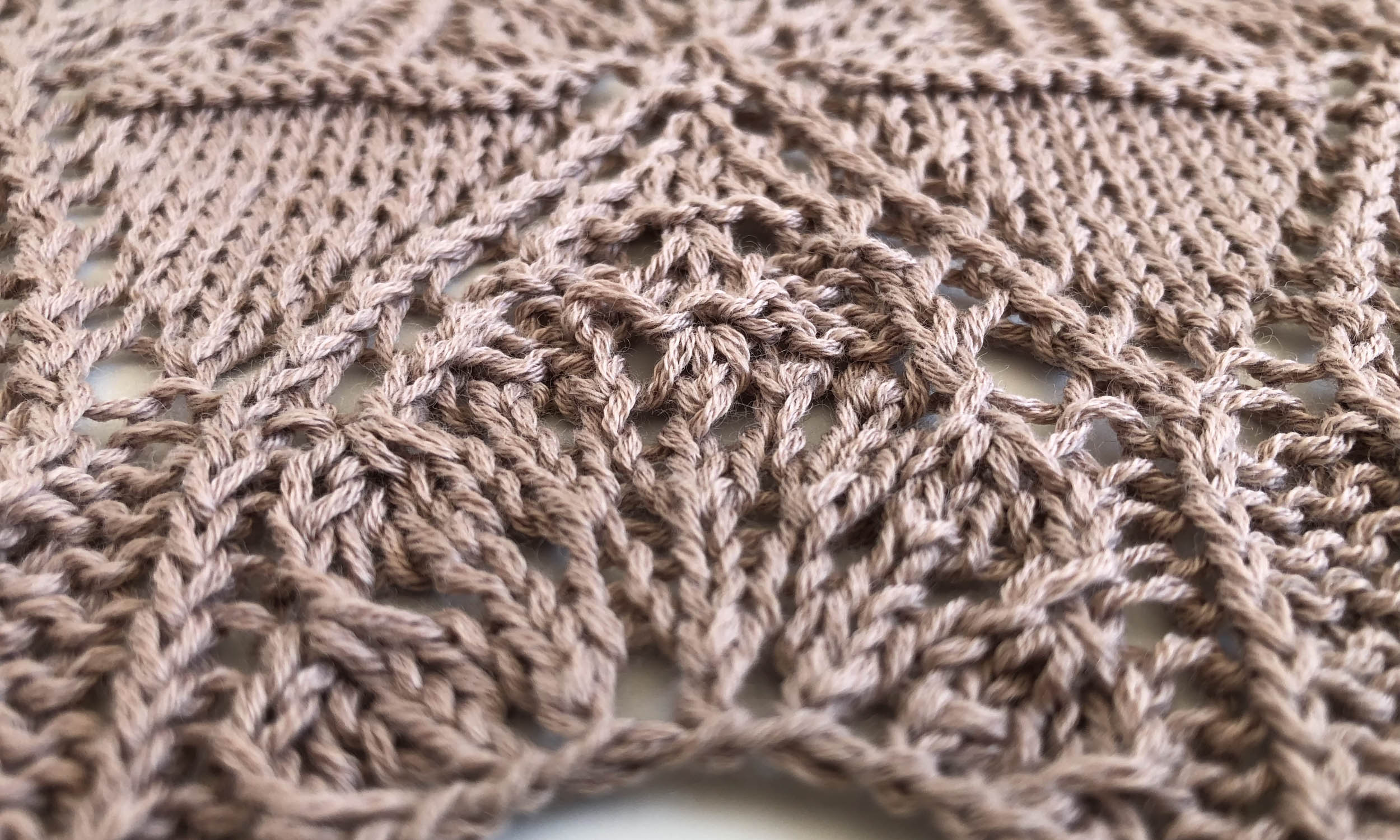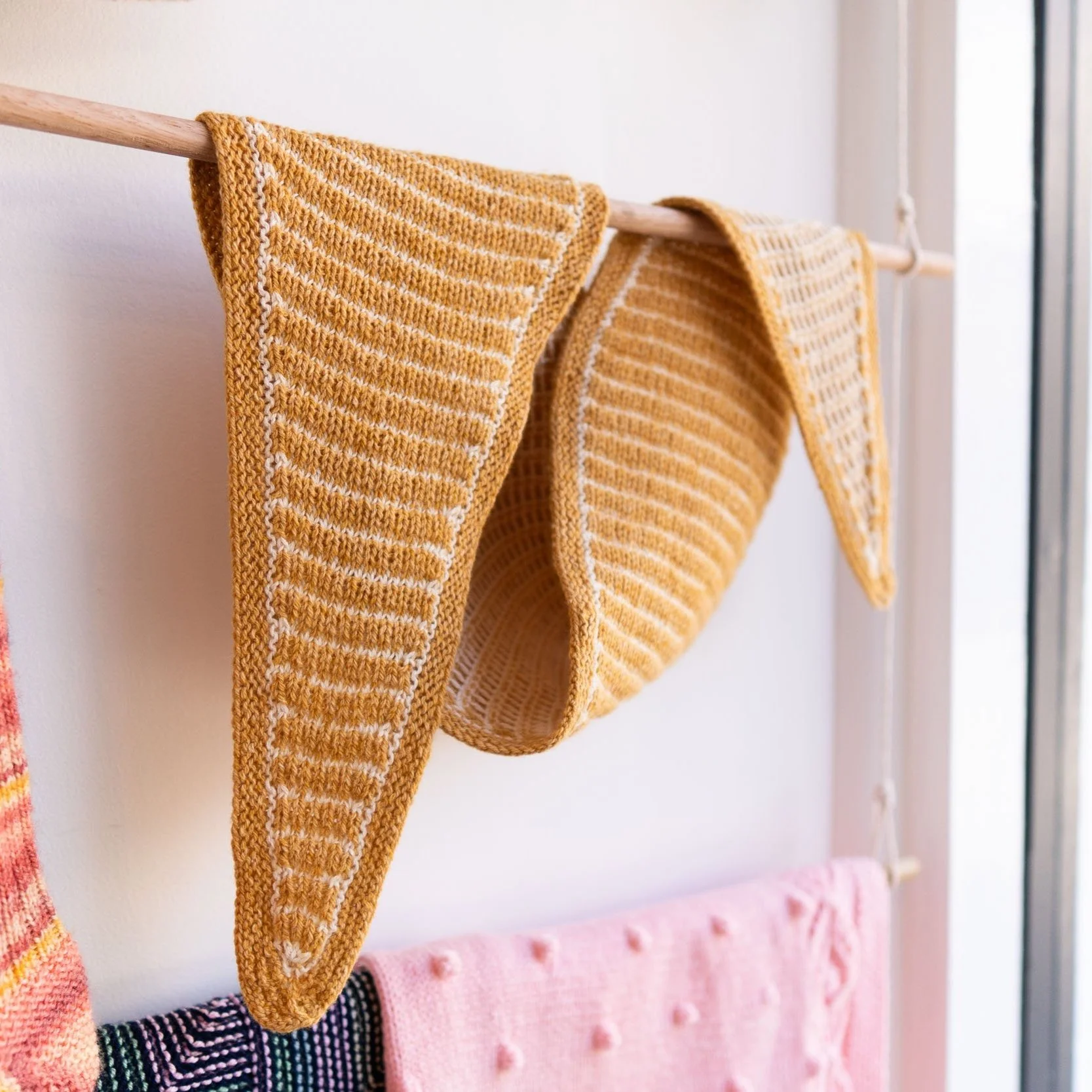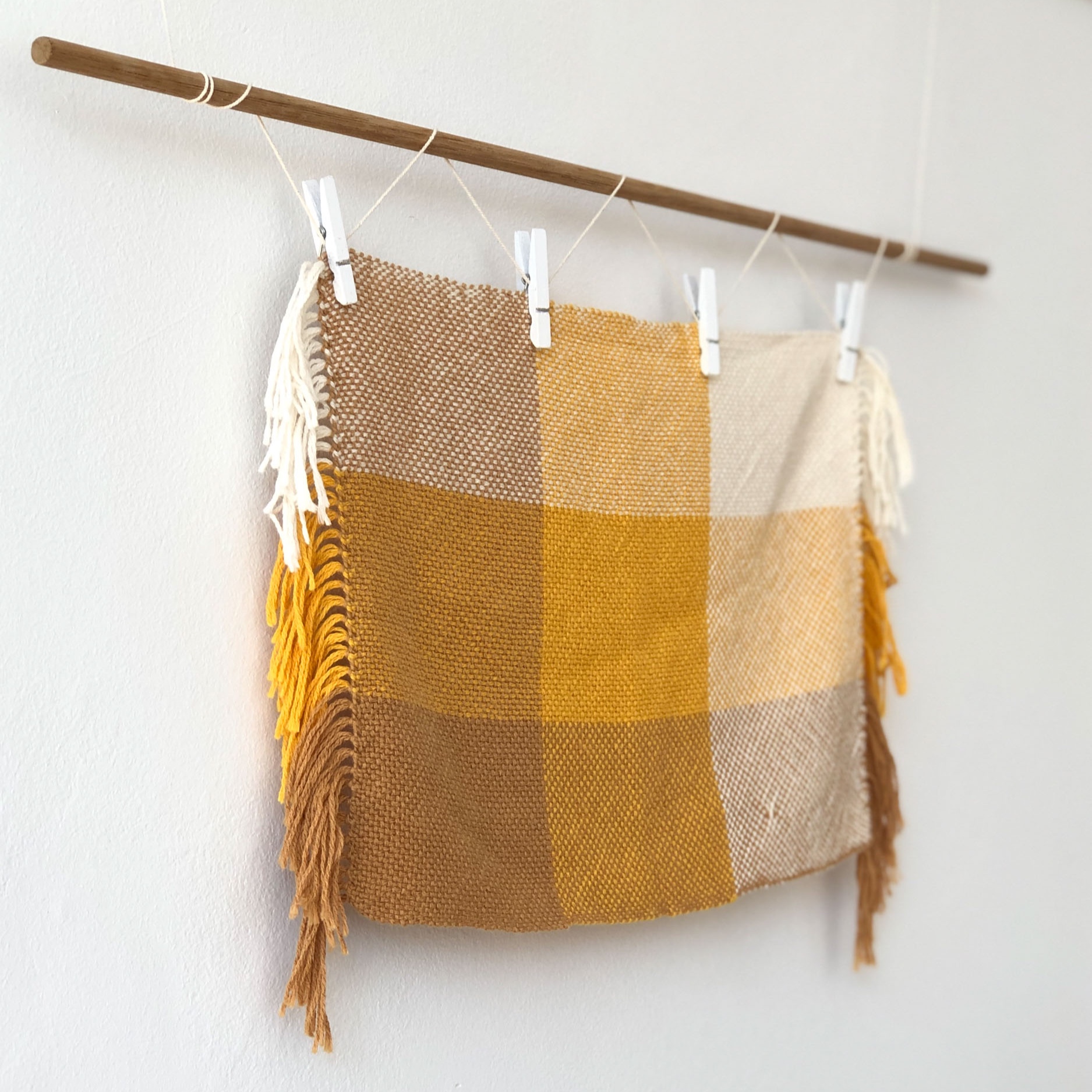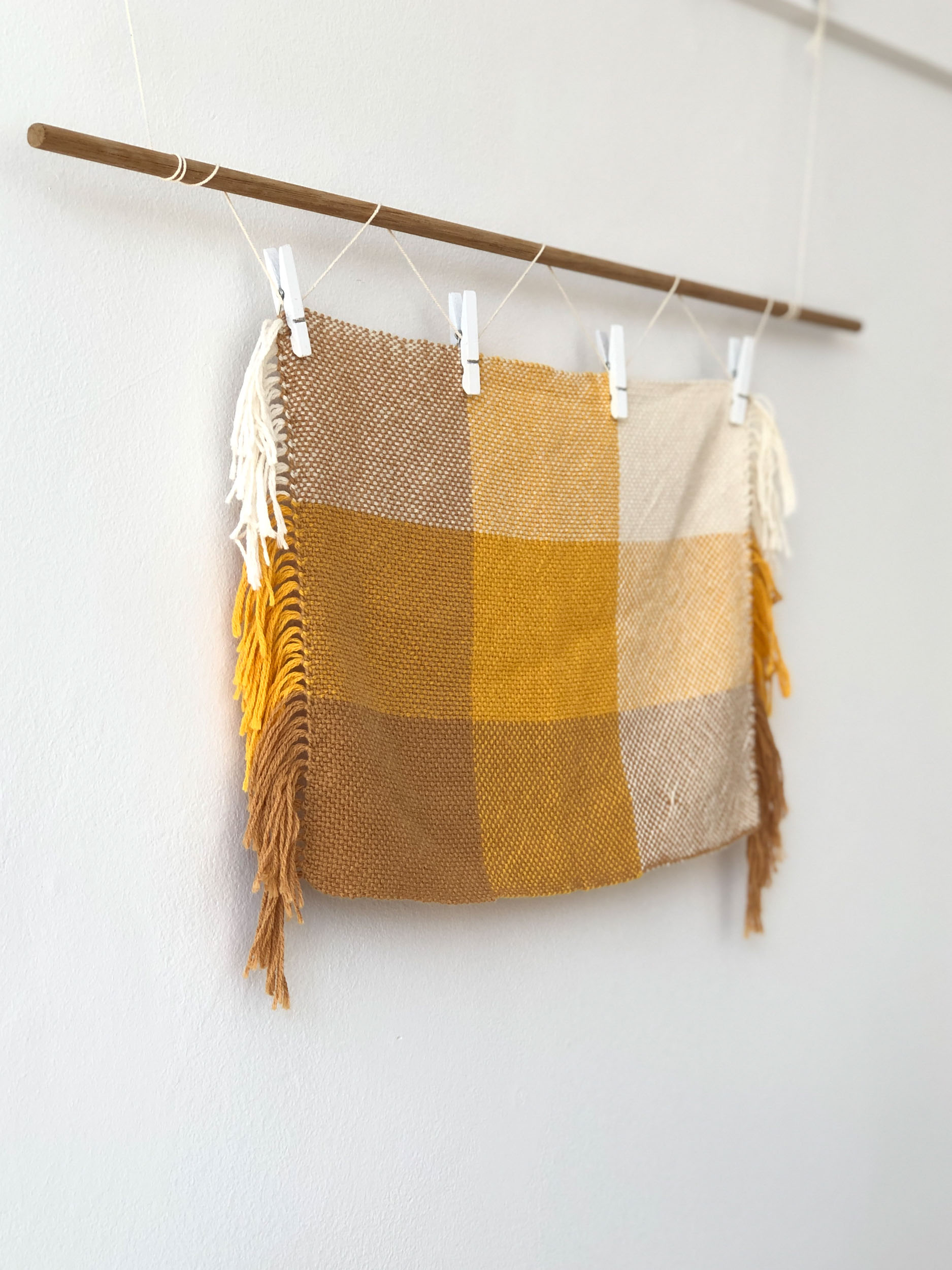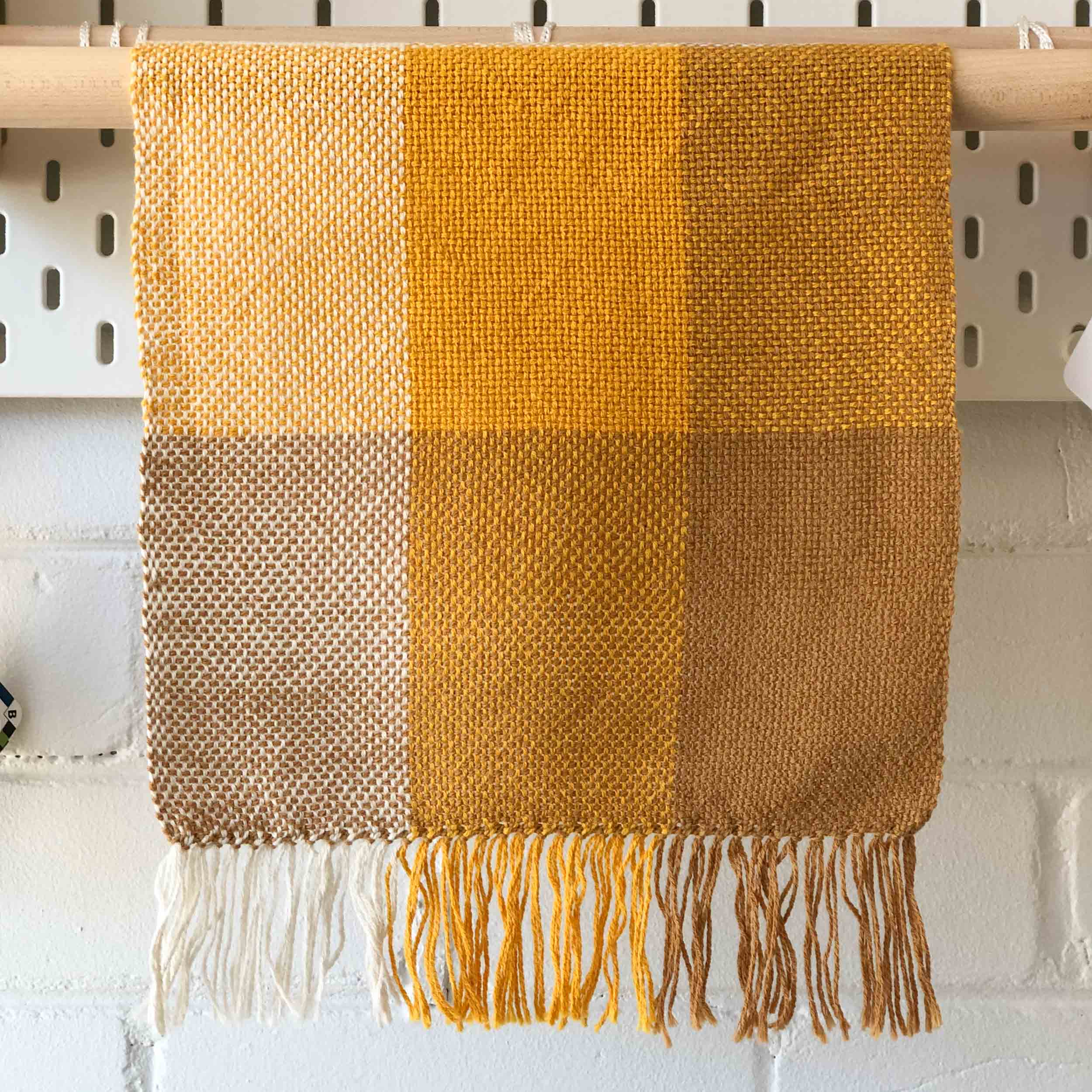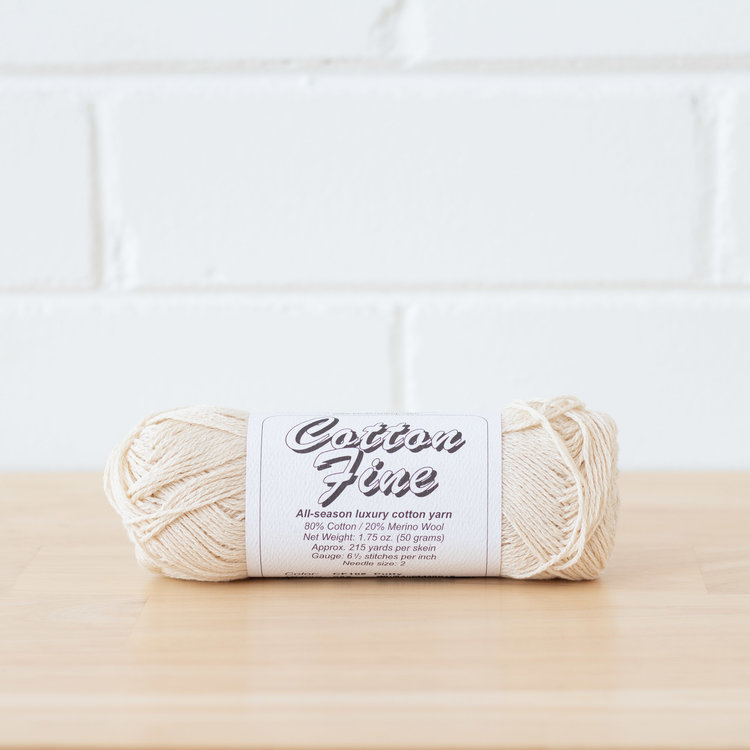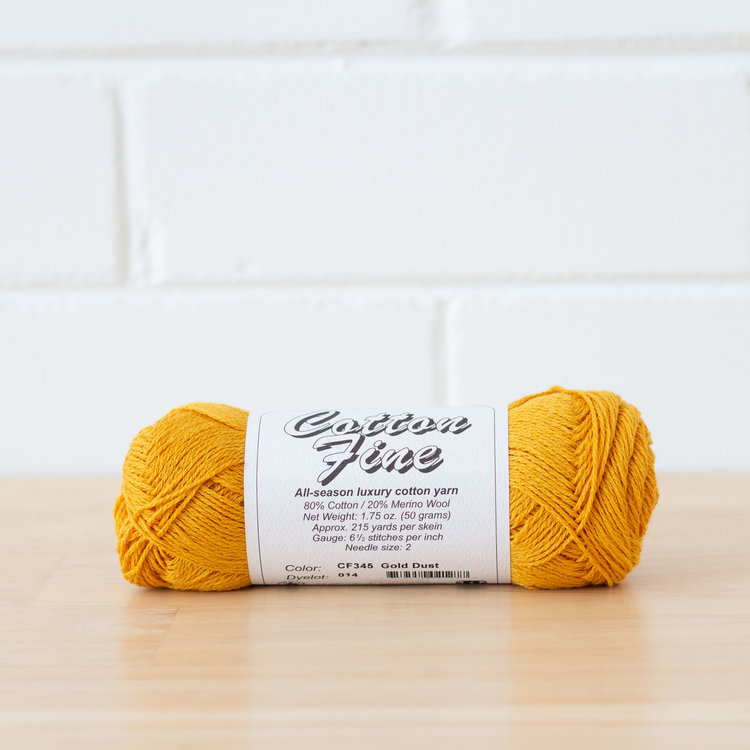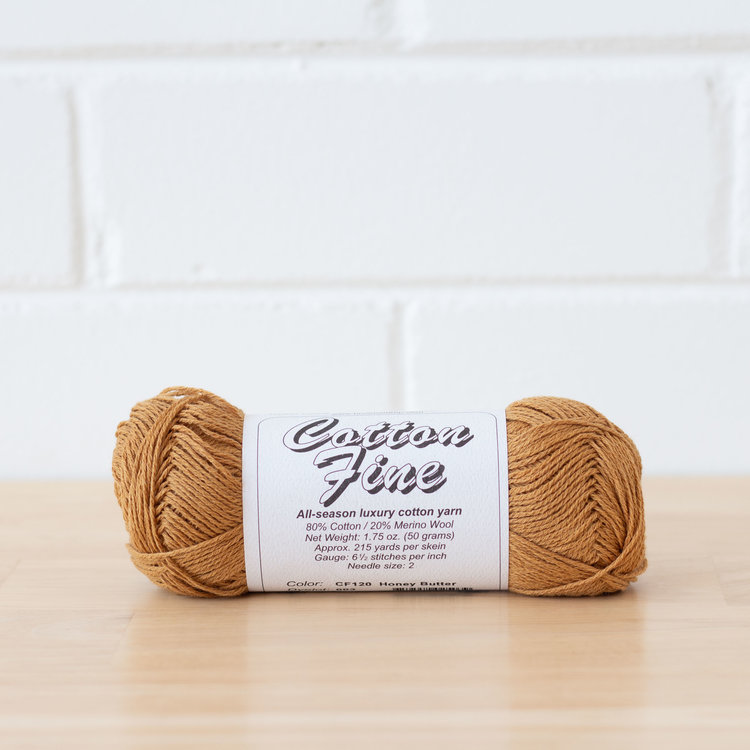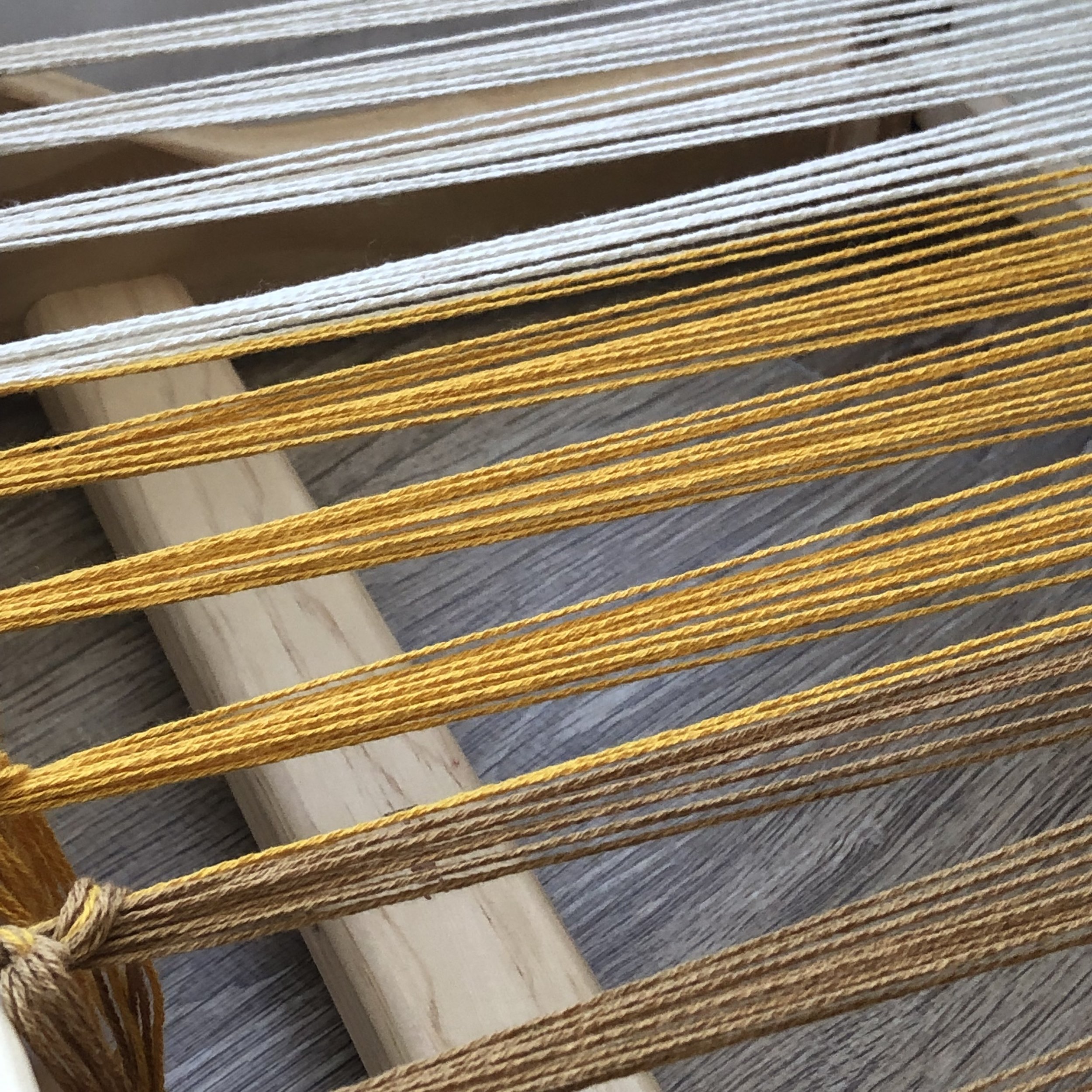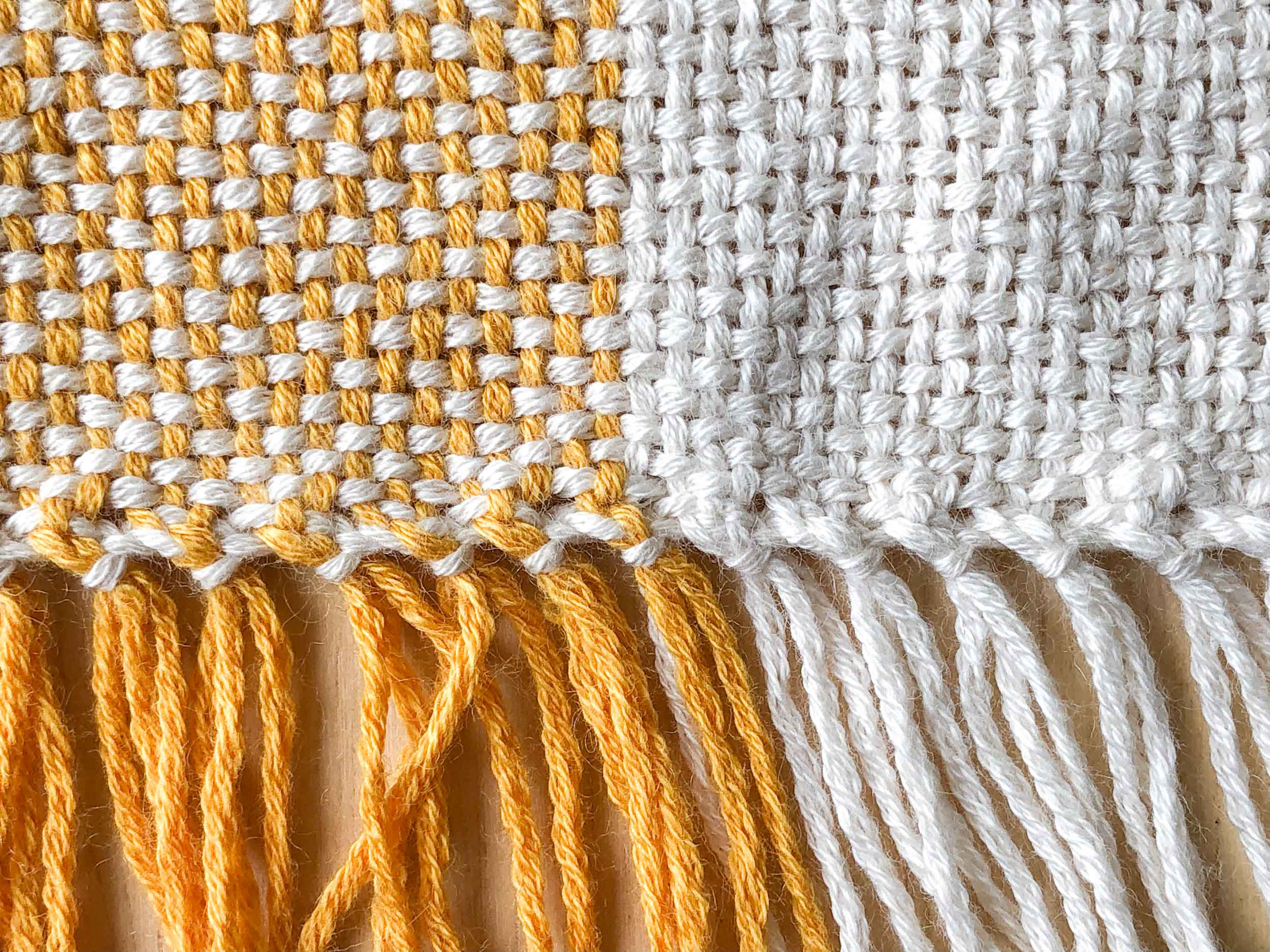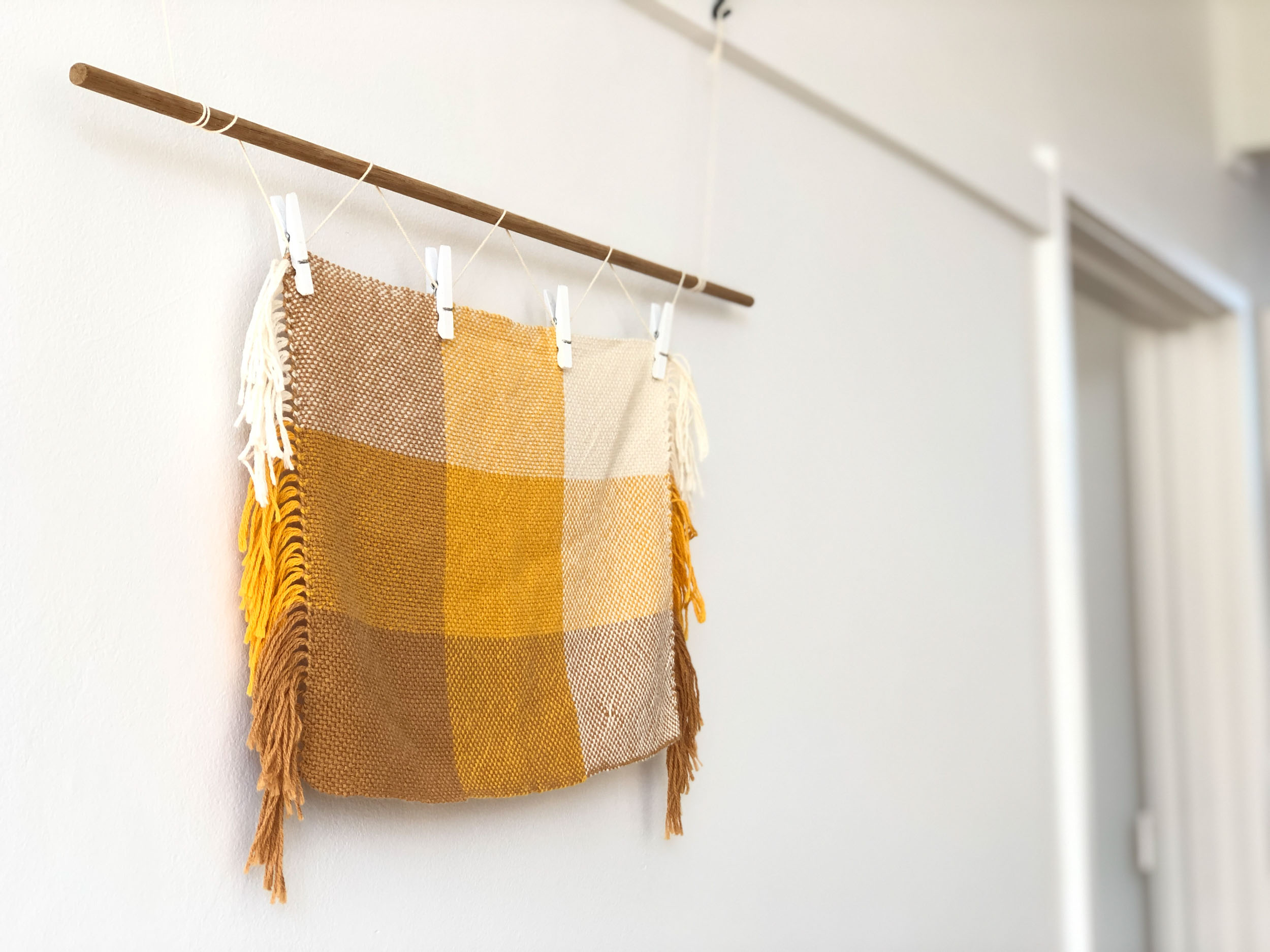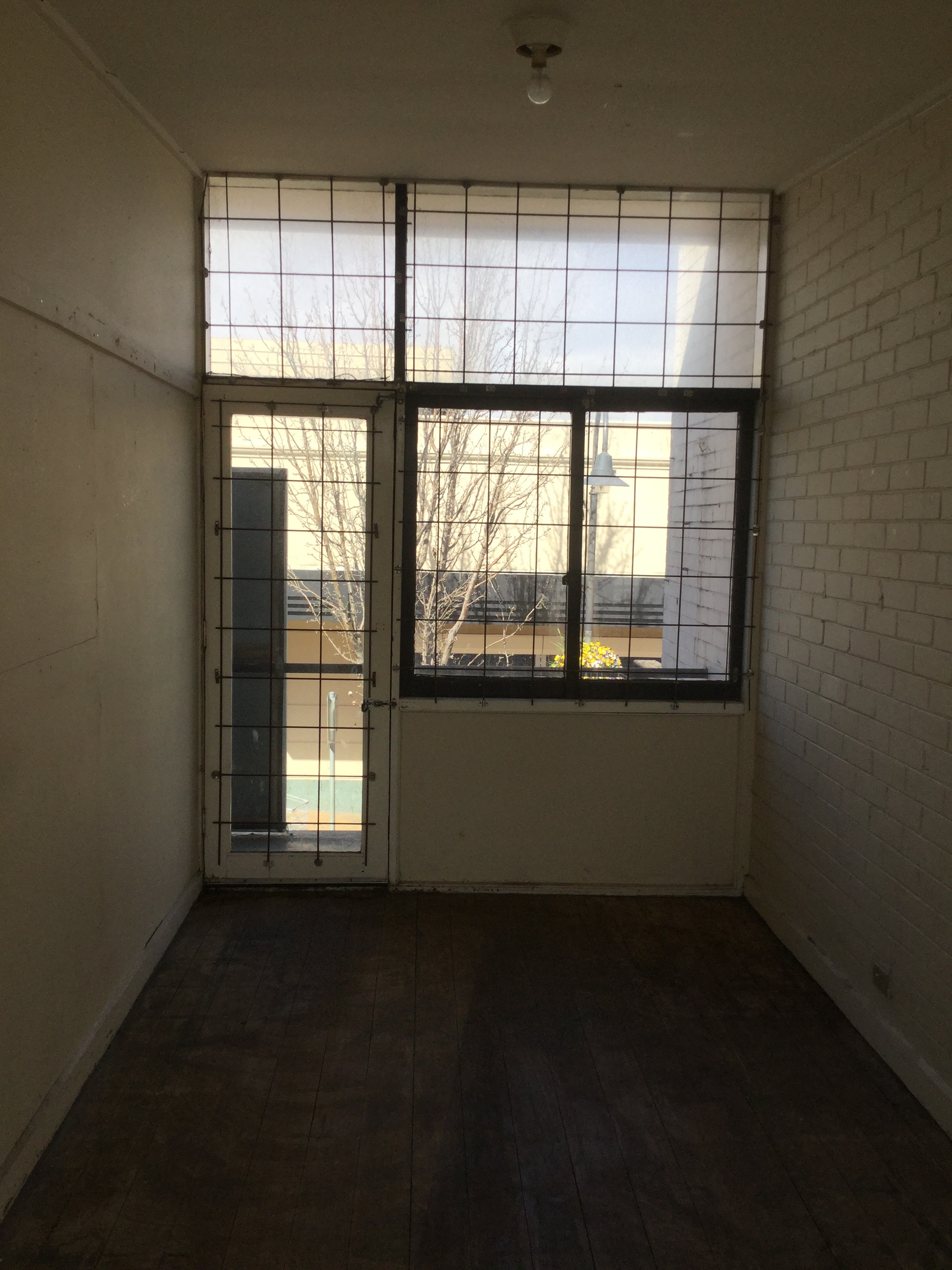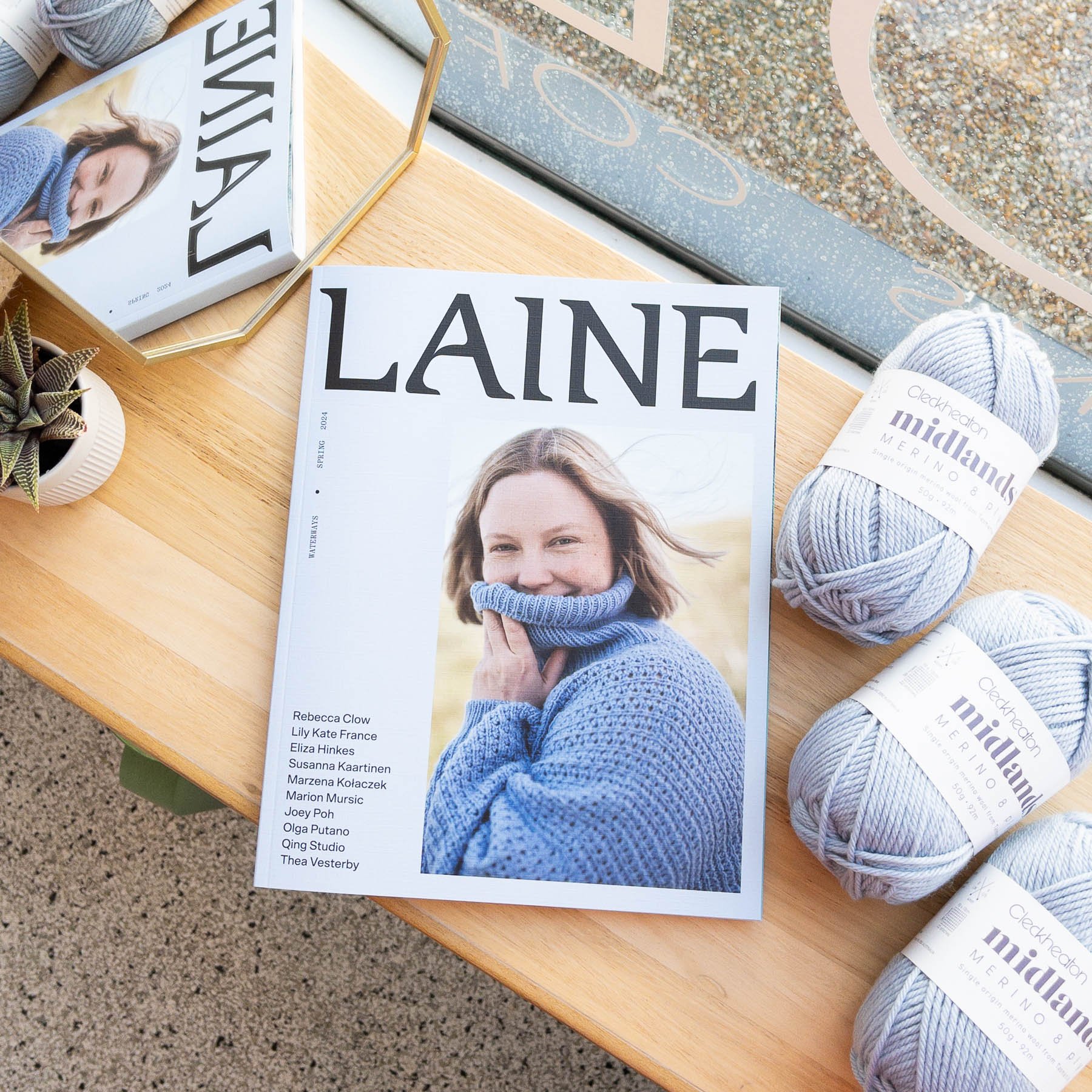Welcome Loch Lomond GOTS
by BC Garn
We’re proud to introduce the latest addition to the Loom & Spindle Yarn + Fibre range - Loch Lomond GOTS by BC Garn. A charming 100% wool, tweed style yarn with Global Organic Textile Standard (GOTS) certification.
Minimally processed, this woollen spun yarn has lightness and loft making it soft, springy and warm.
Available in a range of delicately heathered shades made possible by ‘dyeing in the wool’, where the wool fibres are dyed prior to spinning, bringing life to the palette.
With its GOTS certification, this yarn meets strict ecological and social criteria to ensure the entire supply chain meets the leading worldwide standard for organic textile production.
All in which make this yarn perfectly suited to a range of rustic and warming handknits and woven pieces that will see you through the coldest days.
Colourways Available
THE YARN
FIBRE CONTENT - 100% Wool
YARN WEIGHT EQUIVALENT - Aran / 10 ply
NET WEIGHT - 50g (1.75oz) per skein
APPROX. YARDAGE - 150m (164yd)
CONSTRUCTION - Woollen spun, 2 plies, light twist
FINISH - Water-soluble spinning oil applied during milling
ORIGIN - Milled in Turkey
CARE - Cold hand wash
GAUGE SUGGESTIONS
The gauge information below can be used as guidance when planning your projects. We always recommend that you swatch to determine a configuration that results in the ideal fabric and hand feel for your project.
KNITTING
18 stitches over 10cm, using 4-5mm needles (4 ½ stitches per inch, US size 6-8 needles)
CROCHET
5-6mm hook (US size H-8 to I-9 hook)
WEAVING FOR YARDAGE
32 ends / 10cm (8 epi)
40 ends / 10cm (10 epi)
TAPESTRY WEAVING (WEFT FACED WEAVES)
16 ends / 10cm (4 epi)
FELTING
Work the piece 10% to 20% larger than the intended size. It’s highly recommended that a test swatch be made applying your intended finishing technique to assess the variables of the fabric.
WORKING THE YARN
Loch Lomond GOTS is suitable for most fibre crafts, including knitting, crochet, tapestry and weaving for yardage. You’ll find gauge suggestions for various crafts below. For project ideas you may like to check out our suggestions on RAVELRY.
FINISHING
The true texture and appearance of the yarn remains hidden until a final wash fluffs and softens the fibres. Prepare a bath of tepid water and if desired add a few drops of mild detergent or wool wash. Immerse the finished piece and soak for 10 to 15 minutes. Lift the piece from the water and allow to drain. Gently remove excess water by pressing the fabric between layers of a dry towel. Lay flat to dry.
ABOUT GOTS CERTIFICATION
The Global Organic Textile Standard (GOTS) is the leading textile processing standard for organic fibres. The aim is to define and maintain a internationally recognized requirement to ensure the organic status of textiles, from harvesting of the raw materials through to environmentally and socially responsible manufacturing, in order to provide credible assurance to the end consumer.
To learn more about the standard and certification process please visit www.global-standard.org
ABOUT BC GARN
BC Garn is a family run business based in Germany. They are known for their selection of natural fibres and range of colour palettes. They produce a collection of GOTS certified yarns.
Let’s Get Started…
You May Also Like…












